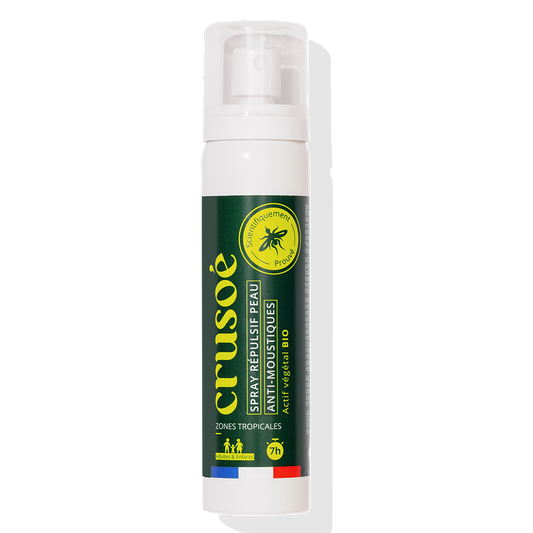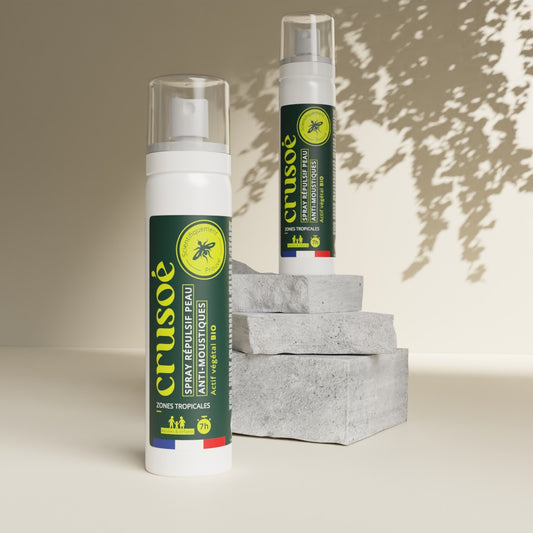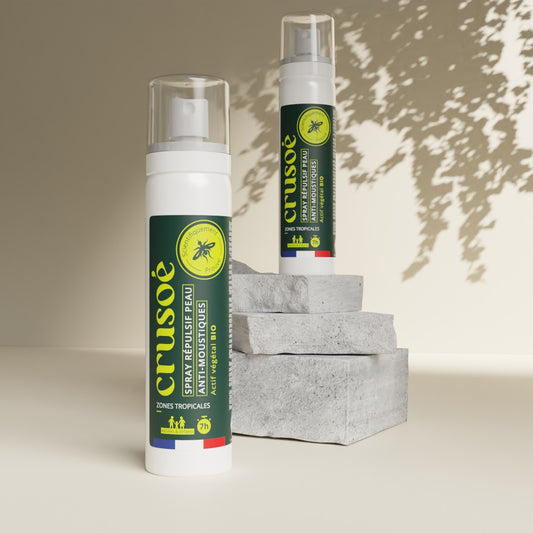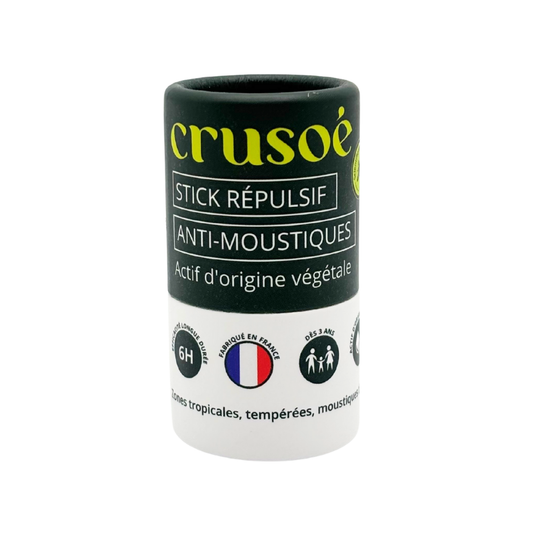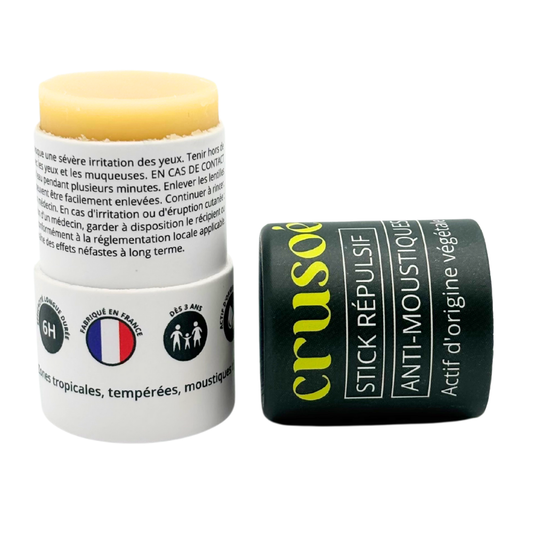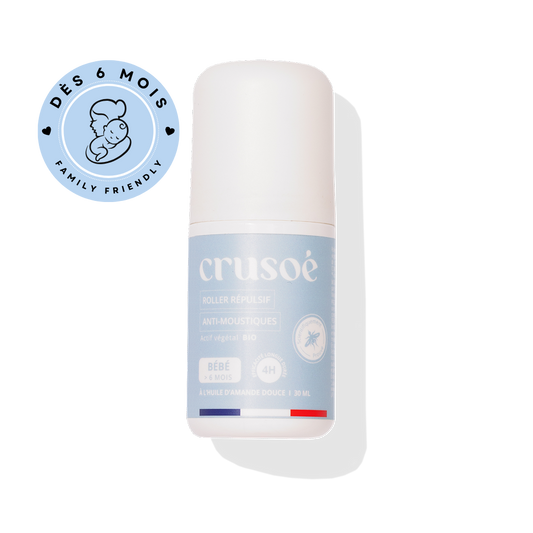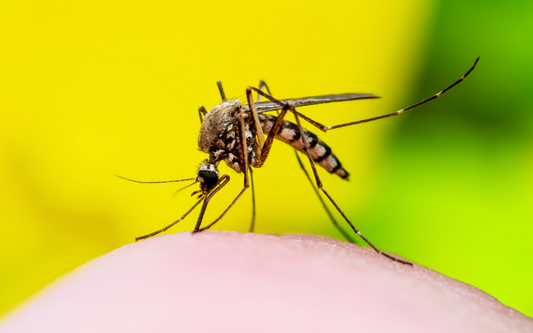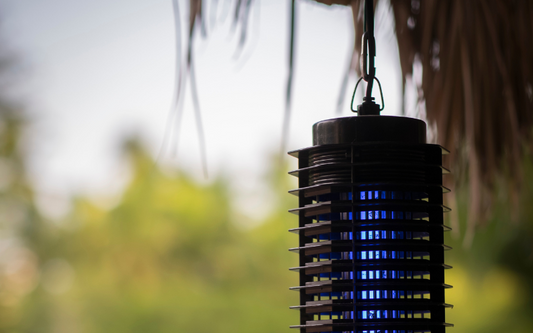MOSQUITO CONTROL DEVICES: INSECTICIDES
Protection against mosquito bites has become essential in recent times, especially with the rapid spread of the tiger mosquito in France . An effective method of fighting mosquitoes is the use of insecticides. An insecticide, unlike a repellent which keeps away, is a toxic product intended to kill mosquitoes.
Insecticides are chemical molecules with the exception of Bti, or Bacillus thuringiensis Israelensis, which is a microbial biological insecticide. Chemical insecticides are overwhelmingly of synthetic origin, i.e. prepared in the laboratory, but some insecticides of botanical origin, i.e. natural, also exist (see table). 1
- List of different insecticides
These numerous molecules make it possible to target mosquitoes whatever their stage of development and their living environment: adult mosquitoes in aerial flight, mosquitoes at rest in a terrestrial environment, as well as larvae in an aquatic environment. 2
Additionally, these insecticides are or have been* used in a variety of ways both indoors and outdoors by individuals or government health agencies:
* Only pyrethroid molecules are authorized as biocides in Europe.
Indoors , insecticide molecules are diffused into the air in the form of droplets using sprays or diffusers for long-lasting action. In tropical areas, bed nets are frequently used and are systematically impregnated with insecticide.
Outdoors , insecticide molecules are sprayed in the form of microdroplets that remain in the air or in the form of heavier drops that fall on the ground or target plant surfaces. Some of these molecules can also be used in the form of powder or granules in order to be dispersed in aquatic environments.
The effectiveness of these many molecules has been proven. It is important to remember that in 1977 a child died of malaria every 10 seconds in the world. And insecticides would have prevented nearly 500 million malaria infections between the years 2000 and 2015. 3 The massive use of these insecticides has thus made it possible to limit the transmission of diseases vectored by mosquitoes until now .
But is the use of chemical insecticides really safe for human health and the environment?
The use of chemical insecticides is now widely discouraged and even prohibited for most of them.¹,⁴
Indeed, insecticide molecules are neurotoxic and lead to the death of mosquitoes. And they are unfortunately not specific to mosquitoes and are also highly toxic to other animals and do not spare humans . Although the level of toxicity varies depending on the type of molecules, chemical or botanical, they are generally very toxic to insects, especially bees, and/or aquatic life, and can present acute or long-term toxicity to humans. 1.5
Today, only the pyrethroids are authorized to be marketed and used (diffuser, spiral, spray and vaporizer vehicle) as a biocide by individuals and professionals in Europe, because they are considered less dangerous. Even in sensitive tropical areas, such as the Antilles, and in the face of a potential yellow fever epidemic, ANSES does not recommend the use of other insecticide molecules. 6
However, pyrethroids have moderate toxicity to the nervous system, are allergenic sensitizers, and some are classified as potentially or possibly carcinogenic to humans. They are also highly toxic to pollinators and aquatic invertebrates.
A new generation of insecticides, IGRs (Insect Growth Regulators), emerged in the 2010s. They act differently from other chemical insecticide molecules by limiting the growth of mosquitoes. 3 They thus have a less acute toxicity for humans, but are very toxic for aquatic invertebrates. A degradation product of an IGR has also been classified as a probable carcinogen for humans. 1
In addition to presenting a real danger to humans and the environment, chemical insecticides are becoming less and less effective.
Due to their particular development cycle, short life, rapid reproduction and abundant offspring, mosquitoes have very quickly adapted to chemical insecticide molecules and have become insensitive to them. For example, after just one year of using DichloroDiphenylTrichloroethane or DDT, an organochlorine insecticide now banned, the first cases of resistance appeared in 1947. Today, more than a hundred species of mosquitoes are resistant to it. 7
Mosquito resistance does not stop at DDT, it has followed changes in insecticides. In the 2000s, malaria cases started to rise again in Africa. A likely cause could be mosquito resistance to pyrethroids. 3
Many strains of overexposed mosquitoes exhibit multiple resistance to different classes of insecticides. This is the case of Aedes aegypti , a cousin of the tiger mosquito, which is insensitive to organophosphates, carbamates and pyrethroids. 7
Today, mosquito resistance to insecticides is considered a real "time bomb" by researchers in the field.³
Finally, new strains of mosquitoes that are insensitive to certain insecticides even seem to adopt different and unpredictable behavior when faced with repellents. 8 Depending on the type of mutations that allow them to resist insecticides, these new mosquitoes are insensitive or, on the contrary, more sensitive to the repellents currently on the market. It is therefore urgent to limit the use of chemical insecticides and to promote alternatives such as natural repellents.
References:
[1] Mosquito control, Pesticide Research Institute, 2013.
[2] CA Stoops, WA Qualls, T.-VT Nguyen and SL Richards, Environ Health Insights , 2019, 13, 1178630219859004.
[3] After 40 years, the most important weapon against mosquitoes may be failing | Science, 2016.
[4] Vector control, multiple strategies against vectors | Anses – National Agency for Food, Environmental and Occupational Health Safety , 2021.
[5] G. Benelli, Parasitol Res , 2015, 114, 2801–2805.
[7] J. Hemingway and H. Ranson, Annu Rev Entomol , 2000, 45, 371–391.
[8] E. Deletre, T. Martin, C. Duménil and F. Chandre, Parasite Vectors , 2019, 12, 89.
[9] Anses, OPINION of Anses relating to the evaluation of adulticidal anti-mosquito insecticides whose use could be authorized by way of derogation to deal with a possible yellow fever epidemic in the overseas territories | Anses – National Agency for Food, Environmental and Occupational Health Safety , 2017.


